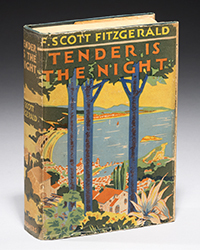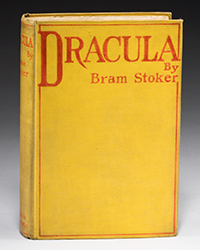A New Paltz Clock: a moving experience
Almost two years ago I ran across an old clock described as “Rare Sidney Wall Clock” at auction at Fontaine’s Auctions online during the summer of 2018. Advertisements were painted on its glass face and in its base there was provision for three separate advertisements to turn every 15 minutes as the clock reached the next quarter of the hour. As I recall the estimate was $2,500 - $3,500 and was interested enough to contact the house to ask questions about it. The description was carefully drawn to avoid disputes such as “best I can tell its' works look promising but we do not test or guarantee they work.” That gentleman was a craftsman in packaging both hope and despair as snugly as peanut butter and jelly and the experience left me hungry for bidding.
Shock of shocks this gentleman left others equally enthused to blunder into the dark into the never-never land of possibly complete and possibly broken clocks where hope lives in the repair of broken springs, arms, armatures, missing parts and gouges and scratches “that look they can magically disappear.”
On its painted face:
Mohonk Mountain House
Accommodations & Meals
Carriages to Station, Telegraph
Billiards & Boating
Read the
New Paltz Independent
Zacharia Bruyn
Harness Maker
Shoes Repaired
This clock punched all my buttons like a 7 year-old pressing the elevator stops coming down from the Empire State Building. The ride into the auction was giddy and reality jarring once I exhausted other bidders and earned the right to exchange $6,000 to receive this collector’s flight of a fancy. I thought because the starting price was much lower it wouldn’t rise to a level where enthusiasm would have to partner with competence. Had I known I would have stepped back because my knowledge of clocks was next to nothing, actually nothing. Well, what the hell.
This clock was exciting because it’s an old New Paltz clock and I’d never seen or even heard of such a thing. And I should have as I grew up in that place and collected local material for decades. Ah well.
After receiving the clock in the early fall of 2018 I realized I was in over my head and knew the answer would be to look in the yellow pages and online for antique clock repairers. I found six in the Bay Area and called them many times, half still had phone numbers but no longer picked up. In time one commiserated that it’s a shame the best and perhaps the only one left may be gone. He didn’t remember his name but recalled he was German. He wasn’t gone thank God. Eventually I found him, John Kessel, whose dba is The German Clockmaker, who isn’t local but could be found. And I did!
John, in his sunset years, in real life was once a college president, is now onto more important things than inspiring students, rather pursuing his passion to preserve interesting old clocks. He loves them and wants challenges and I was able to provide one. My auction optimism brought me the clock and my blind luck and his enthusiasm found the perfect match for this challenging exercise.
After inspection in San Francisco, he collected the clock and its parts to take them to his shop in Monterey, in time providing estimates of time and money. Within a month he was cautiously optimistic about the outcome but uncertain about the timing. There were to be many separate steps and other specialists to consult, some who would repair or replace weak links.
We would catch up by phone from time to time but increasingly the goal was becoming perfection, just good would not be good enough. Step by step the time went by and the prospect of completion loomed. It was so very appealing.
And then when delivery and installation were scheduled he reminded me to think about where it will be installed because such a large hanging clock [62” h x 28” w x 10.25” d at widest points] could alter or enhance how spaces work because this example has volume and the stature to command the rooms around it. There were three possibilities but I decided on the entry into the living room where a wall of Ulster county paintings catch the afternoon light.
Just a week or so ago it was installed and it’s a marvelous addition to my Ulster County collection. I’m very fortunate.
As to the hagiography of the saint that repaired and restored this much appreciated relic I’ll now go on to try to contextualize this fragment of history.
And as to where it once was it’s only a guess. The principal advertisers’ message painted on its face is Mohonk but it’s unlikely it was ever in the storied hotel. The reason: the founding families were Quakers and probably would have been uncomfortable to have their own or anyone else’s advertising on their walls. That seems right.
As well, it’s a guess but expect it to be accurate that the clock dates to the 1880’s.
The transforming event in that era in New Paltz was the opening of the Wallkill Valley Railroad in stages, from the south in 1870 to New Paltz, then completing to Kingston in 1872. In time, for a brief period, this railroad became part of a group of railroads that connected from New York to and beyond Buffalo. For some years after, the line was quite busy, as travel times were shortened, and the frequency of trains increased. Altogether it must have encouraged a boom in commerce.
As to where the clock might have been located, with trains running north and south on a busy schedule, the train station seems the perfect place, what with Mohonk delivering and picking up guests and cargo, such a clock would have been appropriate in the spacious waiting room in the railroad station where the convenience of a large clock an appropriate accommodation to those coming and going where arrivals and departures were measured in minutes as the railroad’s schedule followed precise times. So too, the other advertisers the New Paltz Independent as well as, Zacharia Braun, Harness Maker, may have been seduced by the clockmaker’s representative that everyone uses the public clocks for reference where they’ll see your message. Where their interests met were in the hamlet of New Paltz where the Independent’s offices were located, where stables were maintained nearby, and the hotel regularly discharged and picked up guests.
In 1952 I joined my second grade class to walk down to the rail station to see it because rail service was going to be curtailed. The lighting was dim, the air dusty, the only light I recall was through the station master’s ticket window in the waiting room where passengers could collect or consign cargo and purchase tickets going south toward Maybrook or north to Kingston.
Was there a clock on the far wall? I cannot remember. The room was dimly lit and very dusty.
Given three company identities were emblazoned on this clock I assume they all purchased clocks but I’m now getting into layering surmises onto other assumptions. The railroad would have purchased one for the station and Mohonk may have bought one for their Gatehouse where incoming and outgoing guests transferred to other stages. As to the Independent they were in their heyday, were making money, and Zacharias Bruyn may simply have been feeling his oats.
All this said there is one more project to recreate the advertising panels that rotate every 15 minutes in the clock’s base. They were long gone. For that I’ll be examining old ads in the archives of New Paltz’s newspapers and the Normal Review published by the school that has become today’s University at New Paltz. Among them I hope to capture the spirit of that time.
My analysis is simply my view but it seems more likely than not.
















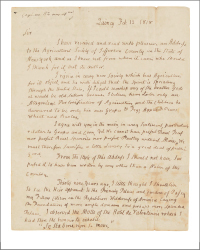

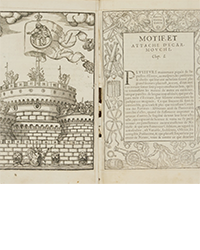
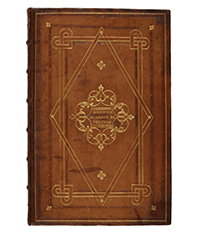
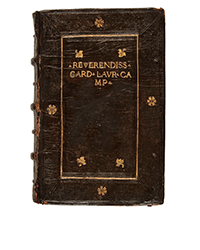
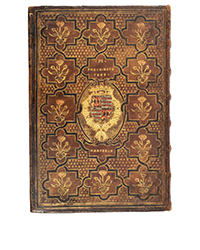

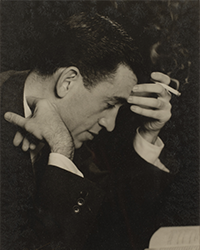
![<b>Sotheby’s, Dec. 16:</b> [Austen, Jane]. A handsome first edition of <i>Sense and Sensibility,</i> the author's first novel. $60,000 to $80,000. <b>Sotheby’s, Dec. 16:</b> [Austen, Jane]. A handsome first edition of <i>Sense and Sensibility,</i> the author's first novel. $60,000 to $80,000.](https://ae-files.s3.amazonaws.com/AdvertisementPhotos/9a74d9ff-42dd-46a1-8bb2-b636c4cec796.png)
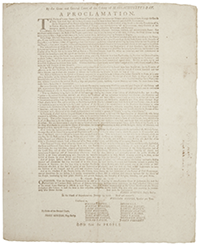

![<b>Heritage, Dec. 15:</b> John Donne. <i>Poems, By J. D. With Elegies on the Author's Death.</i> London: M[iles]. F[lesher]. for John Marriot, 1633. <b>Heritage, Dec. 15:</b> John Donne. <i>Poems, By J. D. With Elegies on the Author's Death.</i> London: M[iles]. F[lesher]. for John Marriot, 1633.](https://ae-files.s3.amazonaws.com/AdvertisementPhotos/8caddaea-4c1f-47a7-9455-62f53af36e3f.jpg)

